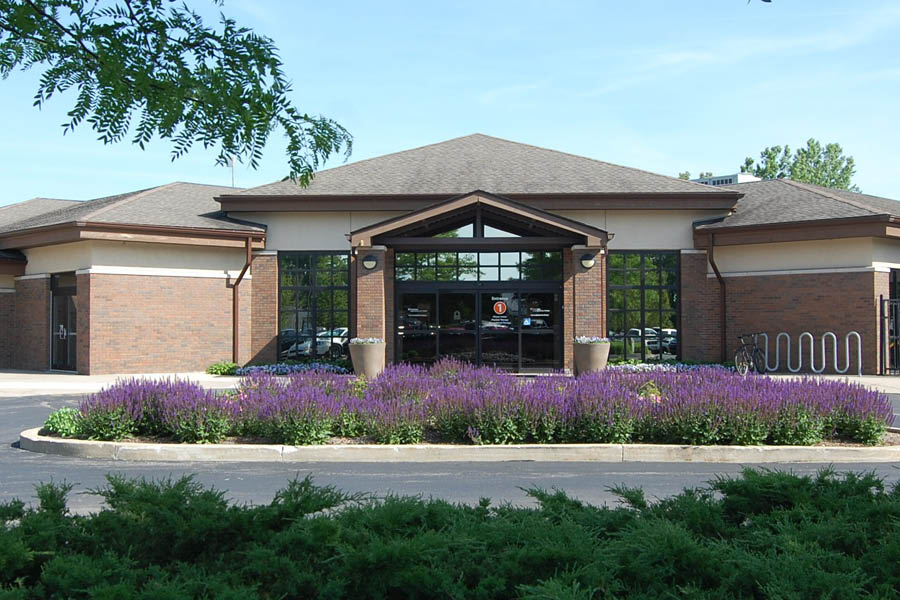Highlights
CPR
Cardiopulmonary resuscitation (CPR) is an emergency procedure that combines chest compressions with artificial breathing in an effort to manually revive an unresponsive person. Ultimately, the goal is to preserve intact brain function until additional measures can be taken to restore spontaneous blood circulation and breathing in a person who is in cardiac arrest.
AED
Automated external defibrillators (AEDs) can be found in many public places, and are available for home use. These machines have pads or paddles to place on the chest during a life-threatening emergency. They use computers to automatically check the heart rhythm and give a sudden shock if, and only if, that shock is needed to get the heart back into the right rhythm.
First Aid
The American Heart Association defines First Aid as helping behaviors and initial care provided to a person for an acute illness or injury.
The goals of a first aid provider include preserving life, alleviating suffering, preventing further illness or injury, and promoting recovery.
First aid can be initiated by anyone in any situation and includes self-care.
First aid assessments and interventions should be medically sound and based on scientific evidence or, in the absence of such evidence, on expert consensus.
First aid competencies include, at any level of training:
Recognizing, assessing, and prioritizing the need for first aid,
Providing care by using appropriate knowledge, skills, and
behaviors Recognizing limitations and seeking additional care when needed
The scope of first aid is not purely scientific; it is influenced by both training and regulatory constraints. The definition of scope is therefore variable and should be defined according to circumstances, need, and regulatory requirements.

